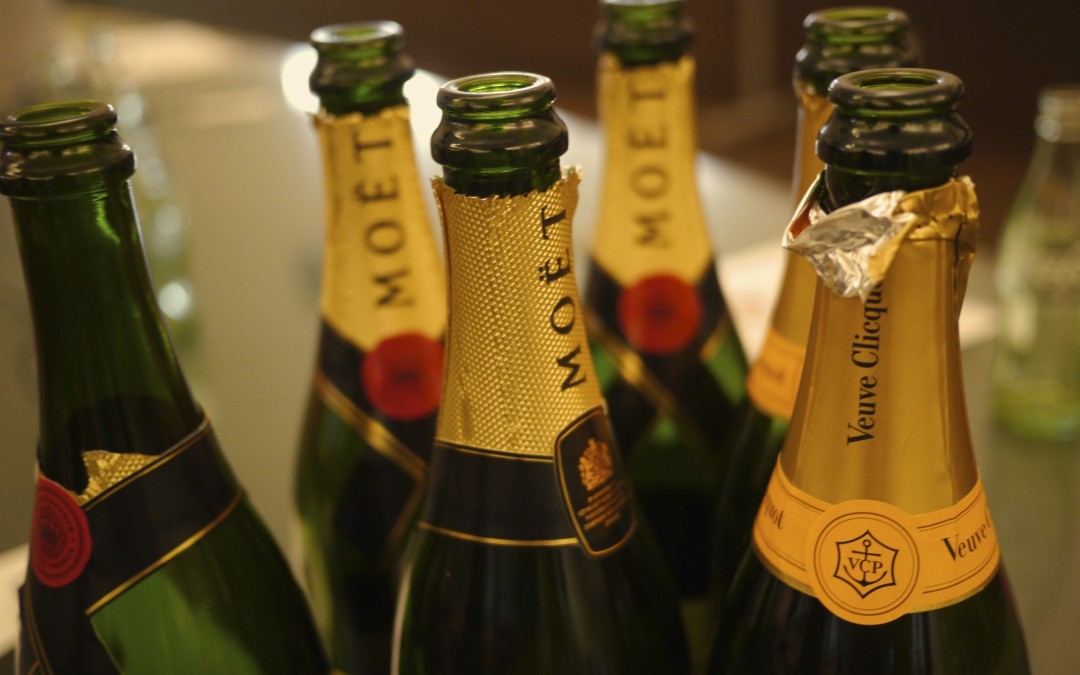Tonight most of us will be toasting with a glass of bubbly. So it is fitting to take a moment to consider how this celebratory drink got its sparkle.
There are many methods to get fizz in the glass, but this story is how it is done with Champagne. It begins as any other wine: Grapes are picked, pressed and fermented. Then the magic begins. The first step is blending. Almost an art form, the winemaker will taste and select from separately fermented vats from individual vineyards to create the ideal recipe.
The carefully blended wine will then go into bottles, along with a small amount of yeast and sugar. This crucial step distinguishes bubbly from all other styles of wine. This is the second fermentation. As the yeast feed on the sugar, tiny bubbles of carbon dioxide are created and remain trapped inside.
But this is still an early part of the journey for fabulous Champagne.
The wine will then be left on its “lees” (dead yeast) for a few weeks or in some quality Champagnes even months. This gives the wine time to absorb the yeasty, rich aromas we love. Next is the final magic trick: taking away the tiny yeast without getting rid of the bubbles. The bottles are placed horizontally, top of the bottle down, in hinged wooden racks kept in dark cool cellars. For about two months, each individual bottle (sometimes up to 40,000 bottles a day) will be turned by hand. Obviously these are the most prestigious of Champagnes.
The ending process is not as romantic as the slow turning of the bottles, but it is just as critical : The necks of the bottles are put into a freezing solution where the dead yeast formed into a sediment. This ice plug is shot out of the bottle, a process called “disgorgement,” and then each bottle is topped with a “dosage,” a mixture — usually a small amount of sugar. And finally, the famous Champagne is closed with the wire and cork.
As you ponder the price of amazing bubbly, don’t forget how much love and attention went into this bottle along with the handcrafted spirit behind this artisan craft.
THE VALUES
- NV Piper-Heidsieck Brut, France (about $45 retail)
- NV Pierre Peters Blanc de Blanc, France (about $53 retail)
THE SPLURGE
- 2004 Perrier-Jouet Belle Epoque, France (about ($199 retail)
